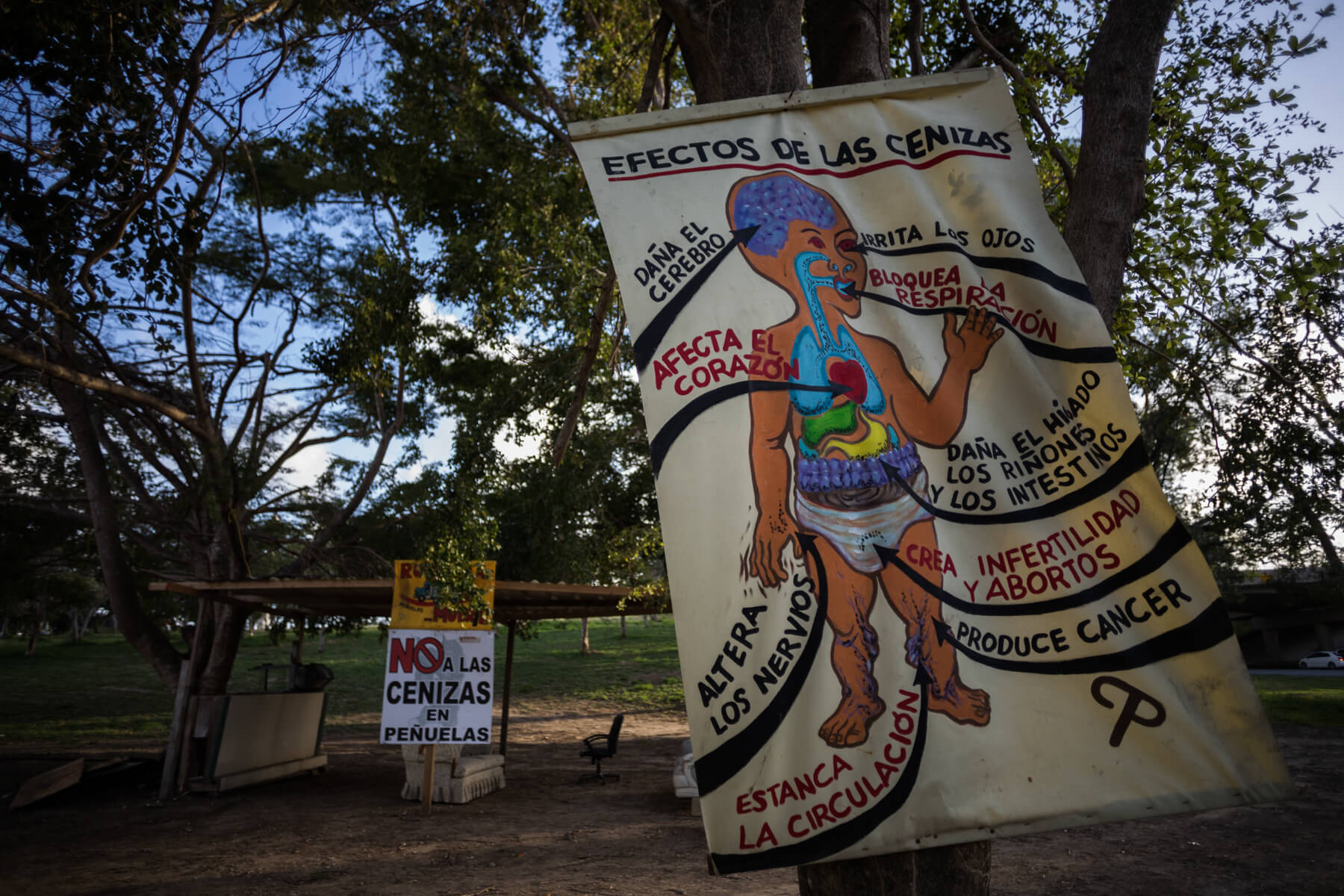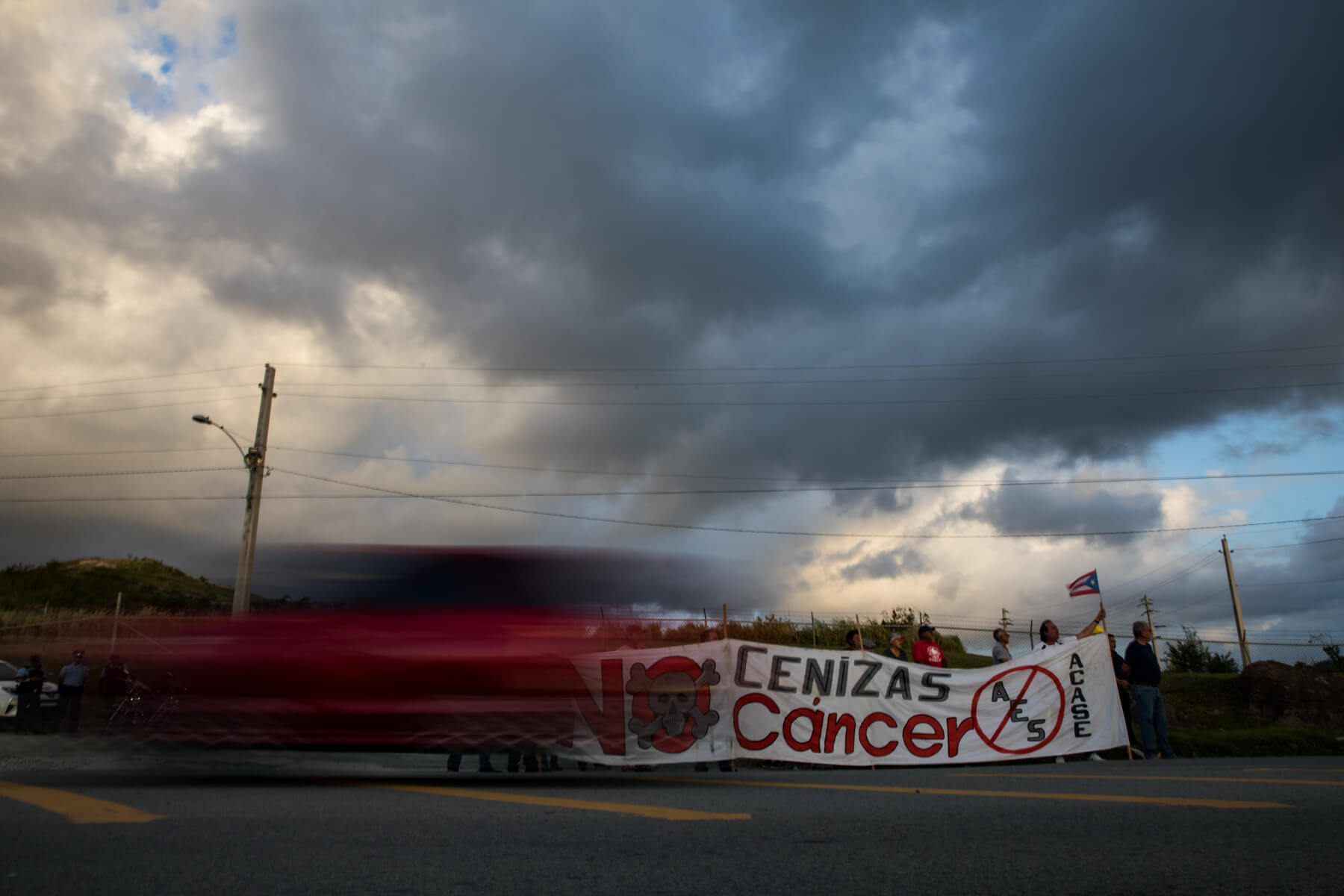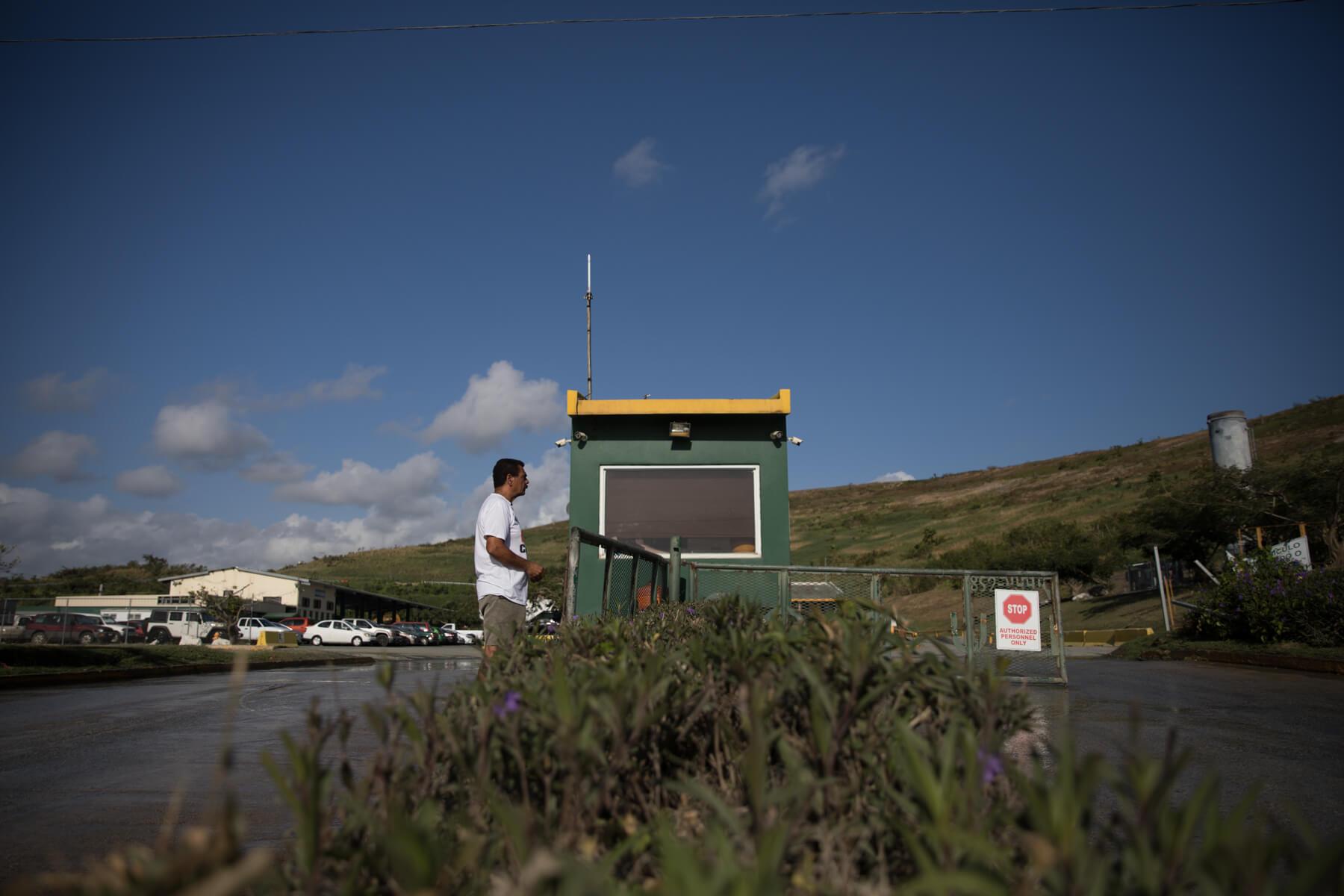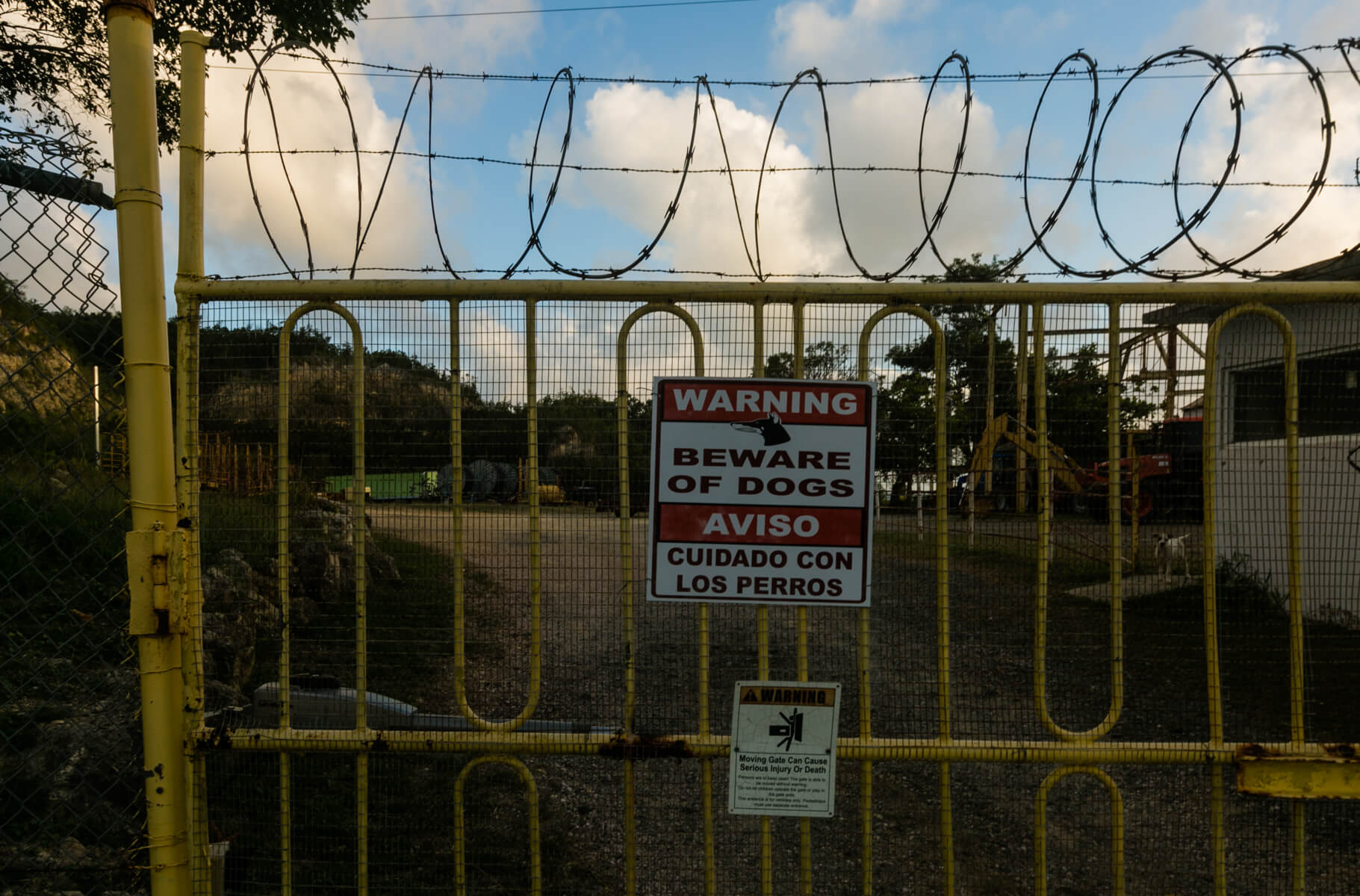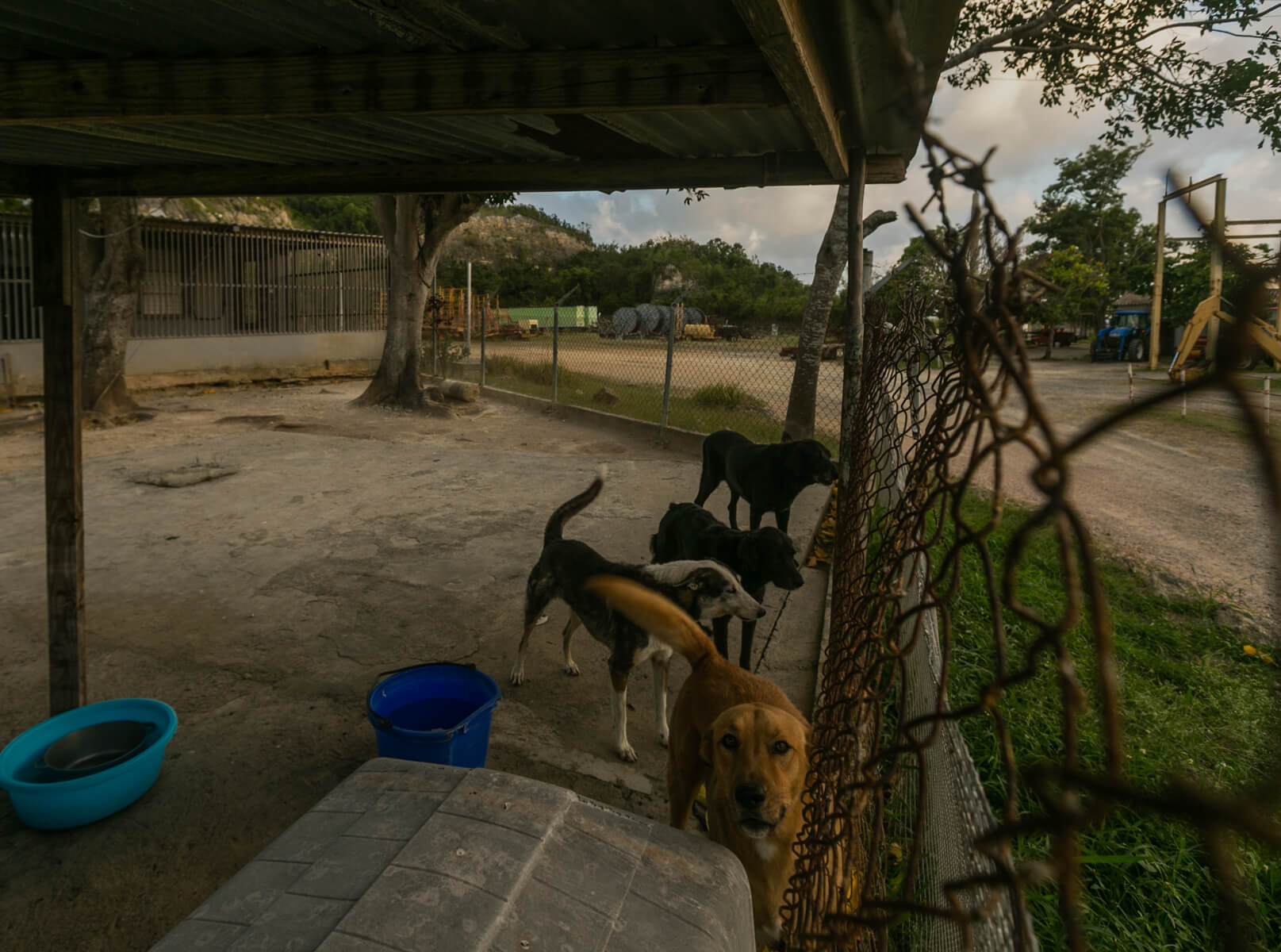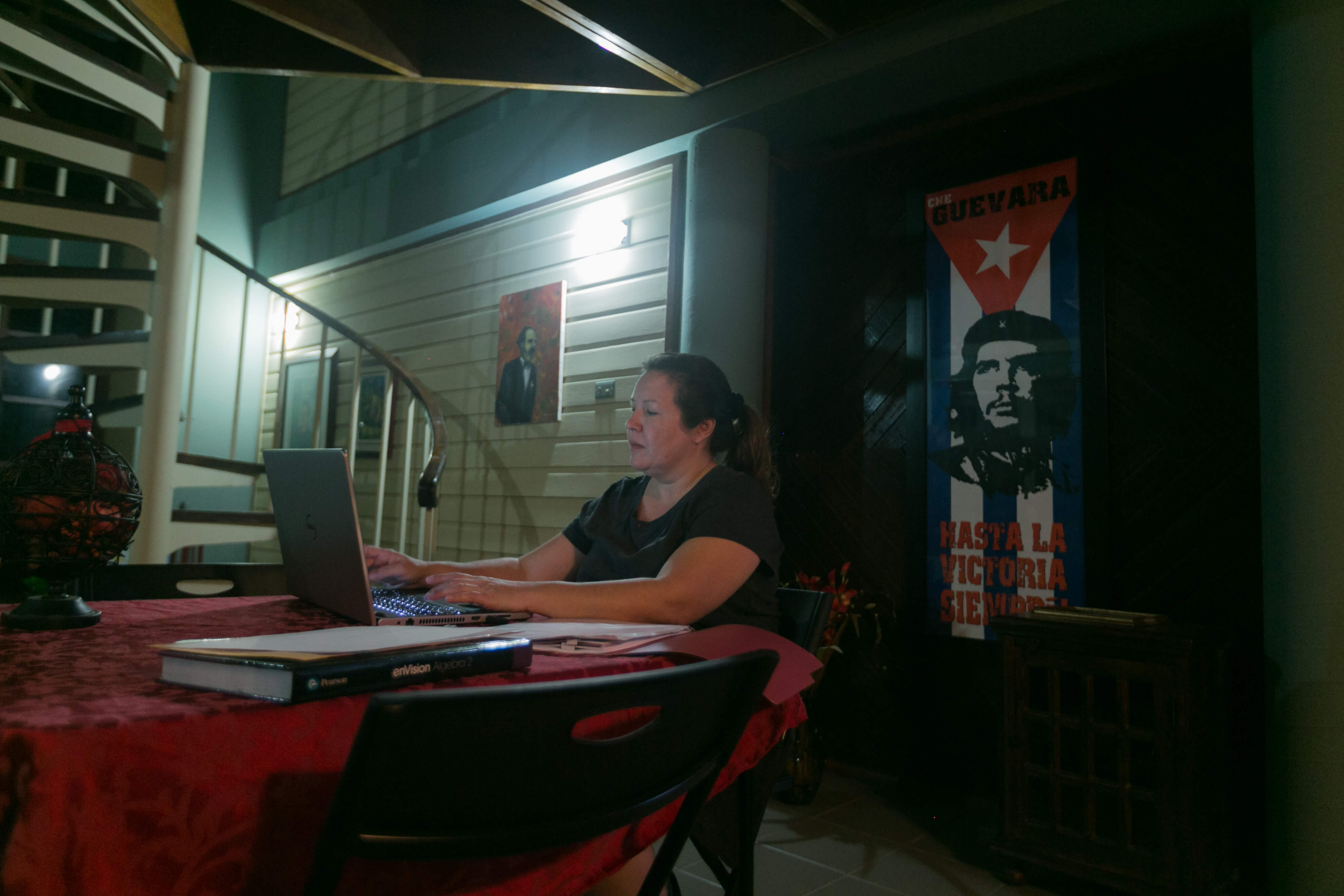Coal Ash:
A BREAKDOWN
Where does it come from?
Coal ash is produced by burning coal in power plants for electricity. Coal is burned, producing steam to power turbines that provide electricity. Coal ash is the byproduct of the burning process.
Fact: In 2012, 270 coal plants generated 110 million tons of coal ash in the United States.
What's in it?
Coal ash has been found to contain amounts of toxic elements that may be hazardous to human health.

& other heavy metals have all been found in coal ash in excessive amounts.
Where does it go?
Often, even with proper storage, coal ash will leak into its surrounding environment. Rain water can cause the spread of coal ash through the ground and contaminate groundwater sources like aquifers. If the ash is left uncovered, heavy winds can blow it to nearby areas of settlement. Natural disasters especially pose a risk to the spread of coal ash.
How does it harm?

Ingestion can cause nervous system damage, cardiovascular issues and urinary tract cancers. Inhalation can cause lung cancer. Absorption can lead to skin cancer.

Exposure poses a particular risk to children and infants. Even small qualities can lead to nervous system damage and developmental defects like reduced IQ and mental retardation.

Exposure can lead to brain swelling, kidney disease, cardiovascular problems, nervous system damage, or even death. For children, there is no safe level of exposure.
Historical Facts
Since 2002, the business AES Puerto Rico has produced between 400 and 1,600 tons of coal ash waste daily by producing energy with coal. Between 2004 and 2011, approximately 2 million tons of ash, or 4 billion pounds of ash, were deposited around Puerto Rico by the AES Puerto Rico plant. The deposits of ash were used as filler in urban centers and highways in Guayama, San Juan, Dorado, Toa Alta, Caguas, Juncos, Ponce, Santa Isabel, Coamo, Arroyo and Mayaguez.
The AES plant in Guyama, Puerto Rico used to dispose of coal ash in the community of Arroyo Barril in the Dominican Republic, which the community protested against. According to the community, after the events of the coal ash depositing, the community presented problems of skin health, birth defects and spontaneous abortion.
AES argues that they are not toxic waste and that they are safe for citizens and the environment.




